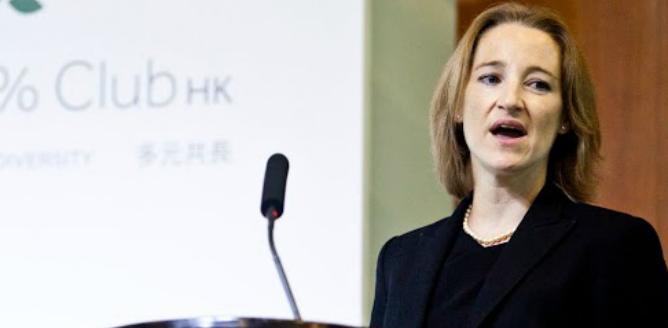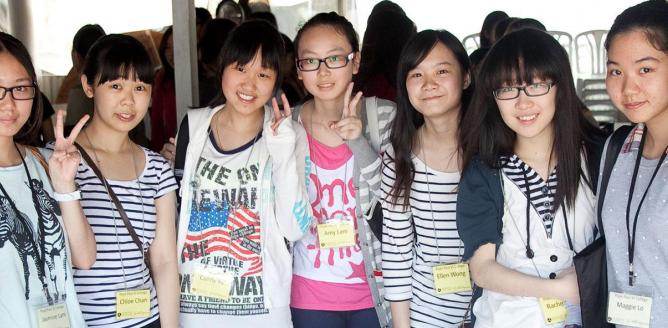“Success today requires the agility and drive to constantly rethink, reinvigorate, react, and reinvent.” – Bill Gates, founder of Microsoft
Amid the government’s advice to stay at home and reduce social contact as much as possible, many people are working from home at the moment. While this policy is borne out of the need for public health measures, it offers employers the opportunity to reinvent and experiment – to see that flexible working arrangements produce results.
Companies and public services across Hong Kong are finding effective and creative ways to keep team members connected and productive. TWF’s team is largely working remotely, using some of the myriad technological tools available like zoom for virtual meetings and Trello for project management. We are using flexible hours to fit around child care, home schooling arrangements and eldercare, plus strategies to accommodate colleagues’ other responsibilities with minimal disruption.
While these approaches represent a new way of working for some and are at odds with Hong Kong’s entrenched culture of presenteeism, they are good for business. Prioritising productivity over presence results in more engaged, productive and happier employees. Demand for flexible work arrangements is growing in the UK and the USA, particularly amongst younger candidates who increasingly prioritise work-life fit. Hong Kong’s workforce is also increasingly prioritising the ability to work flexibly. 87% of HK respondents polled by Hays say flexibility is a top consideration in accepting a new job offer. Flexible working can help attract and retain high quality talent who often value this proposition as much as financial rewards. It can also reduce costs and the amount of office space needed.
Agile working arrangements offer women in particular a chance to thrive in the workplace. The fact that the burden of care in society is placed disproportionately on women is well documented. An adaptable approach empowers women to work where, when and how they can most effectively, thereby optimising performance, reducing stress and supporting families and communities to get their needs met. Remote working, staggered hours, flexible hours, part time and job shares are just some examples of how flexible working can be put into practice.
It's equally important to recognise that flexible work arrangements are not one size fits all. Some employees may not have a home environment conducive to working from home; others may need different accommodations beyond working from home; many jobs are simply not able to be performed “from home”; remote working raises other challenges on keeping teams supported and engaged; some people also prefer to work in an office environment. Each situation is different and requires careful planning and consideration to find a model that is fit for purpose.
TWF believes that flexible work arrangements should be offered all the time, and we encourage organisations to consider refitting some of these temporary measures for application in a long term capacity. Two weeks ago, we released a joint statement with BPWHK, Encompass Hong Kong, Hong Kong Momtrepreneurs, JCI Bauhinia and Women in Finance Asia to urge the Government to grant an extension of work-from-home arrangements for all Government employees to align with the closure of schools, now confirmed through March 16. We believe flexible work arrangements benefit all employees, support families and recognise work life fit as important.
Let’s use this situation as a time to experiment with new ways of working, and new ways of connecting and supporting each other.
Get in touch at Fiona.Nott@twfhk.org.





















